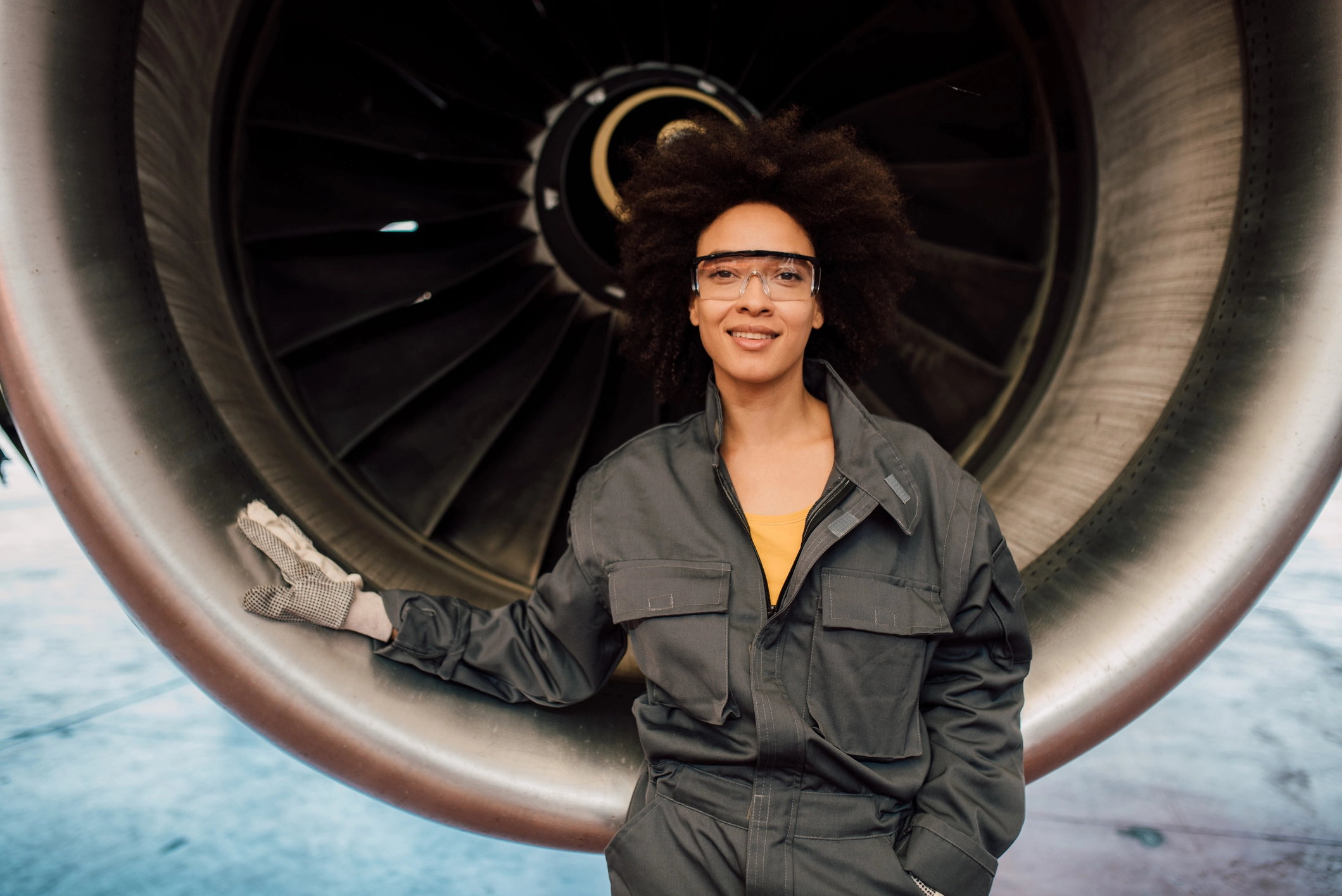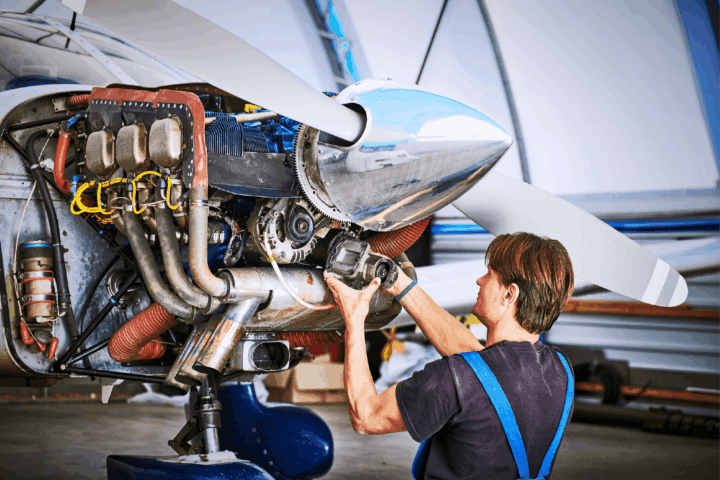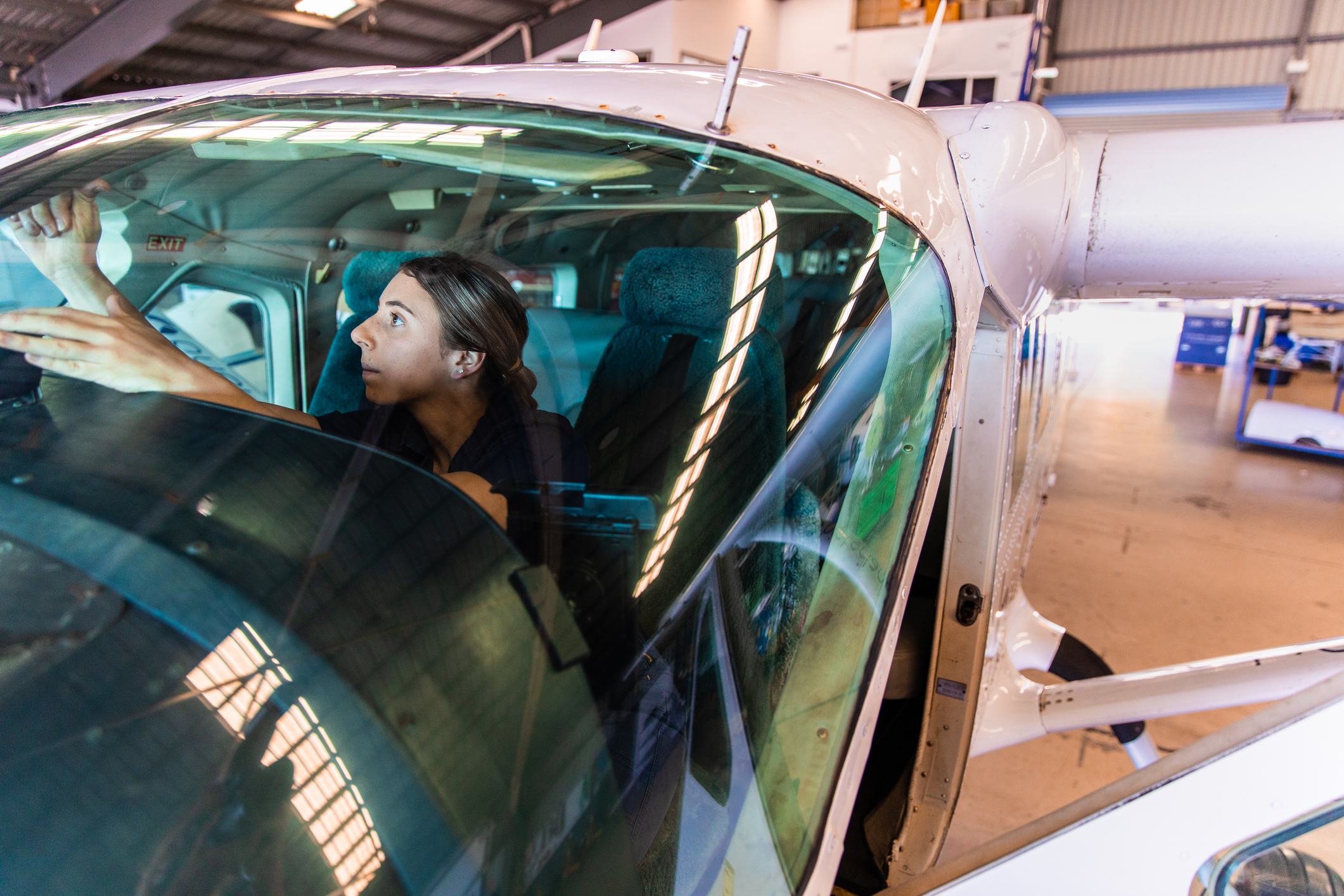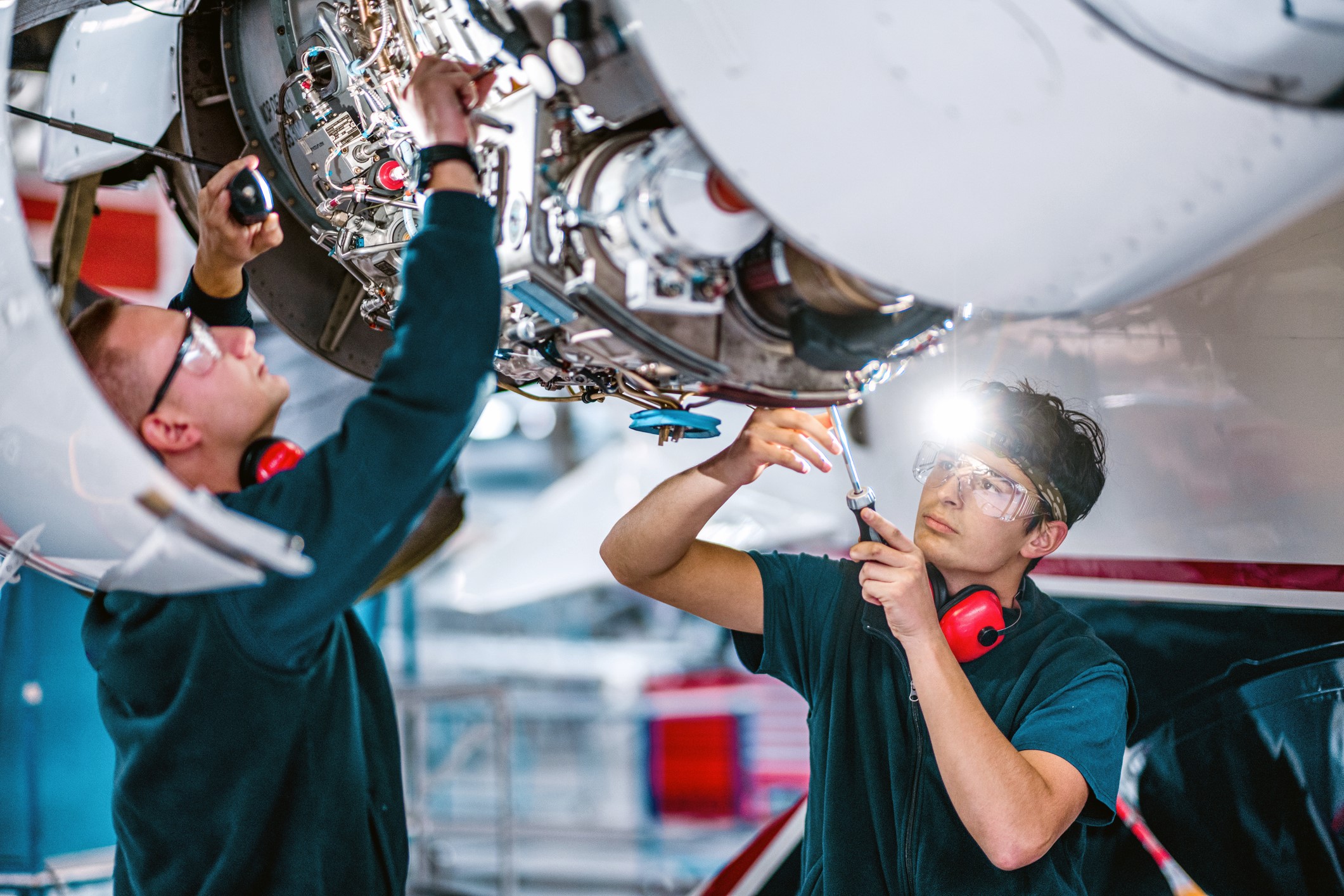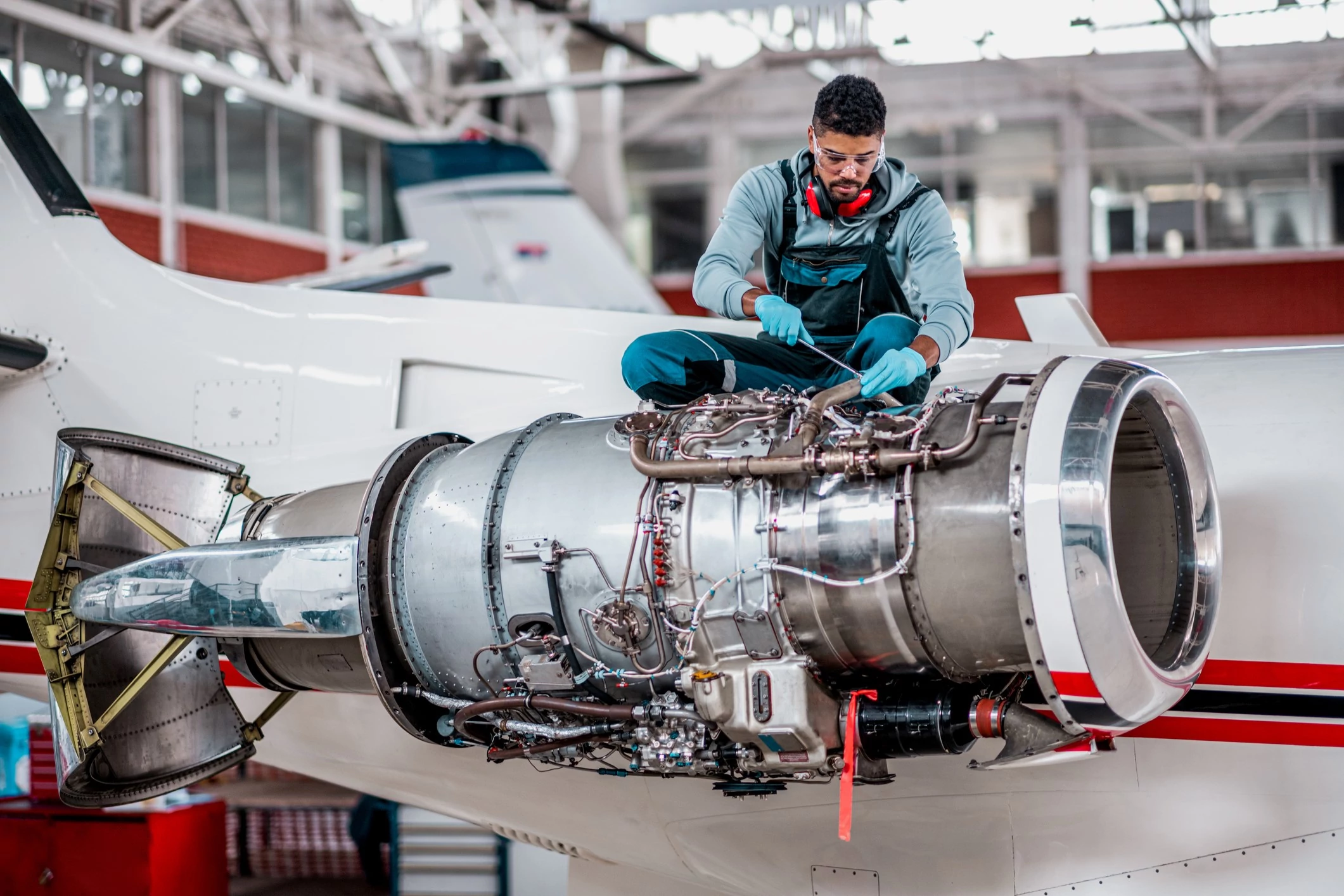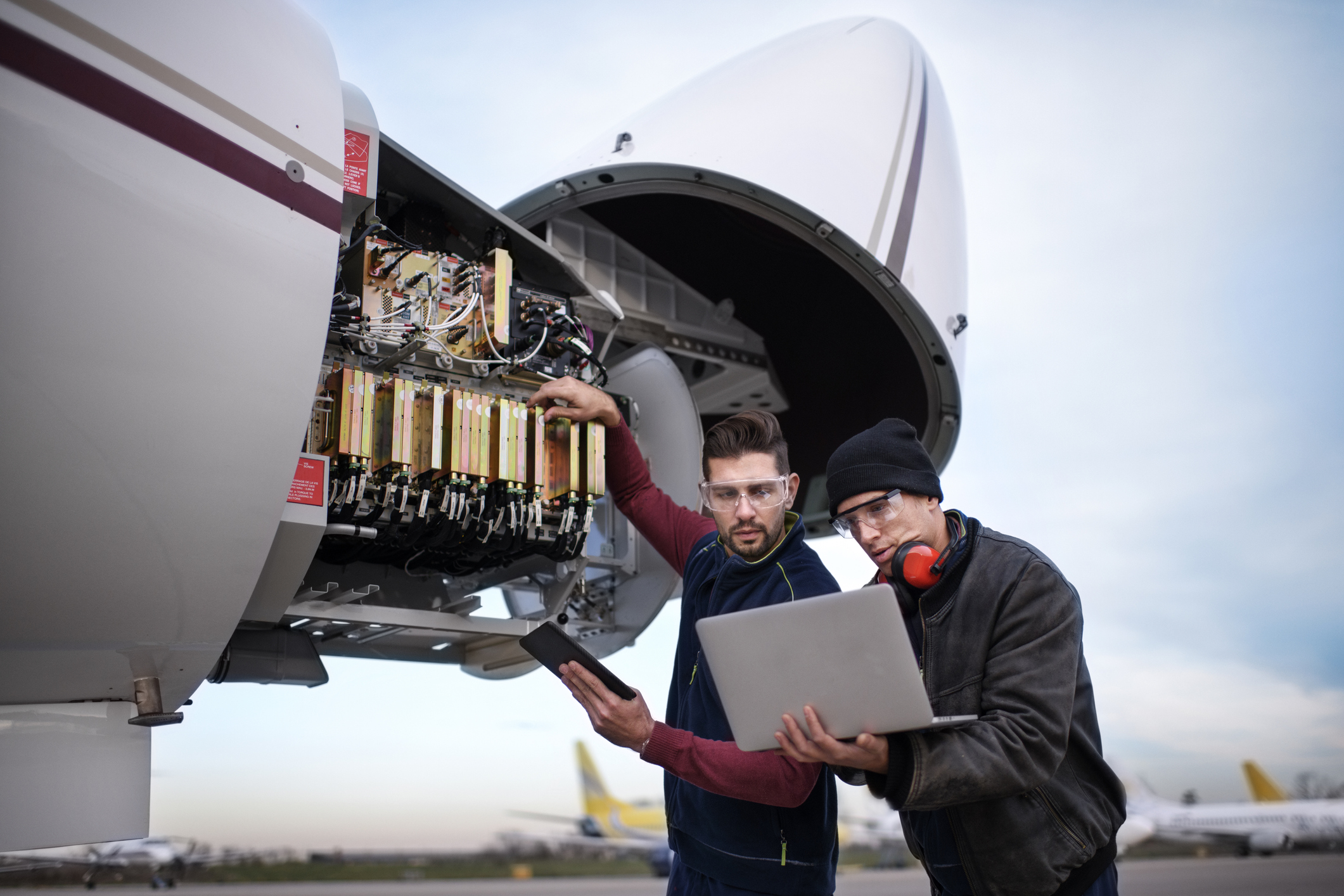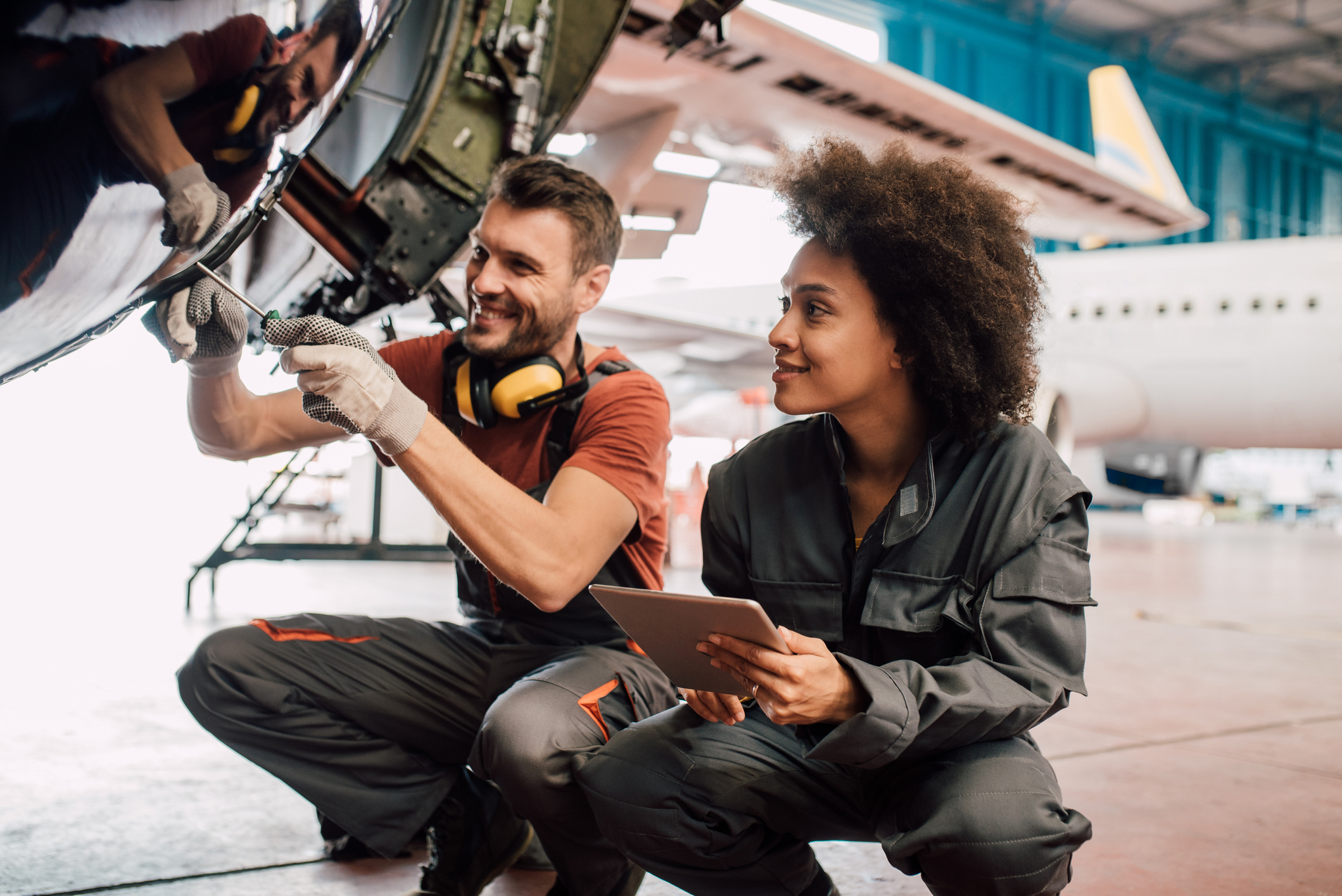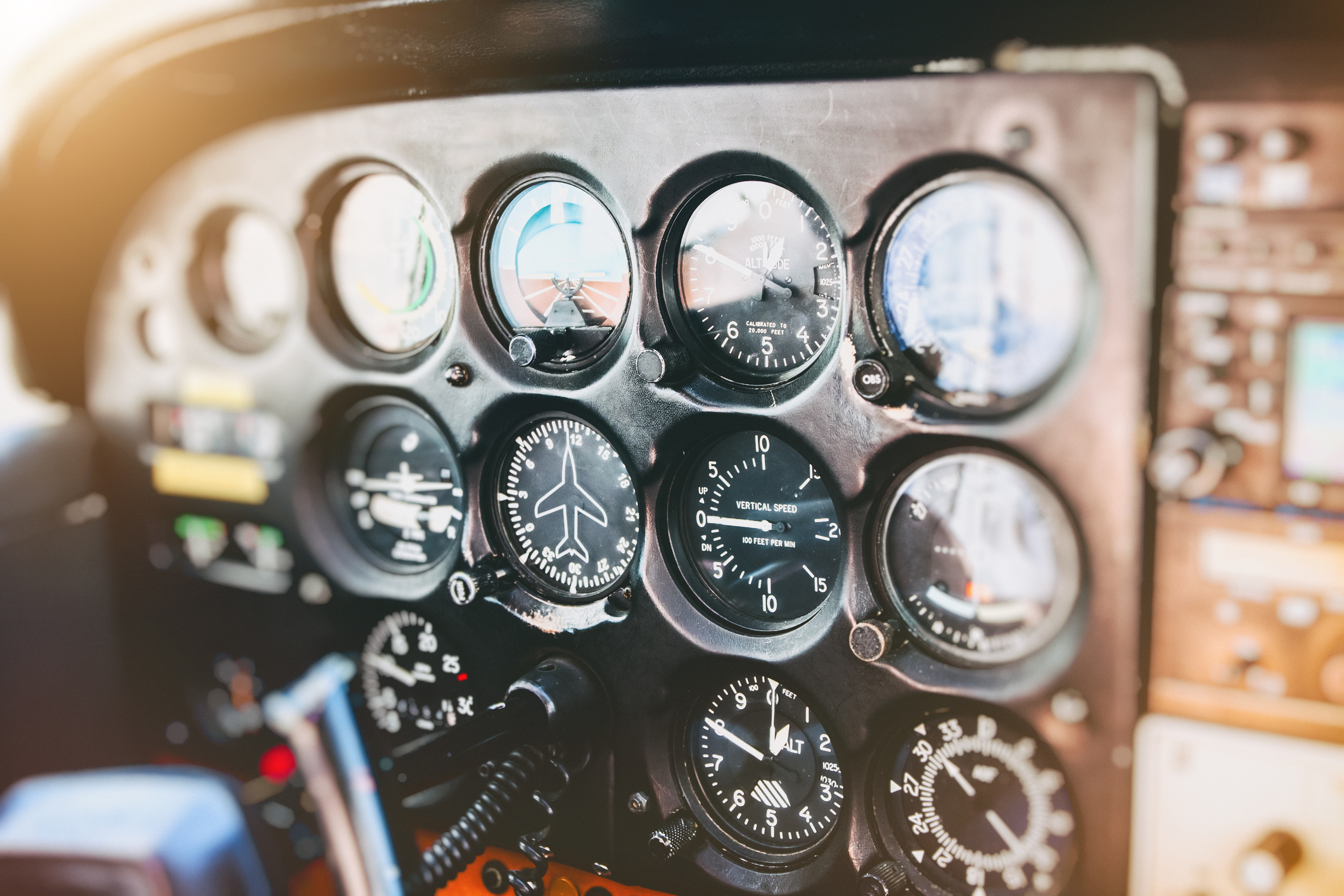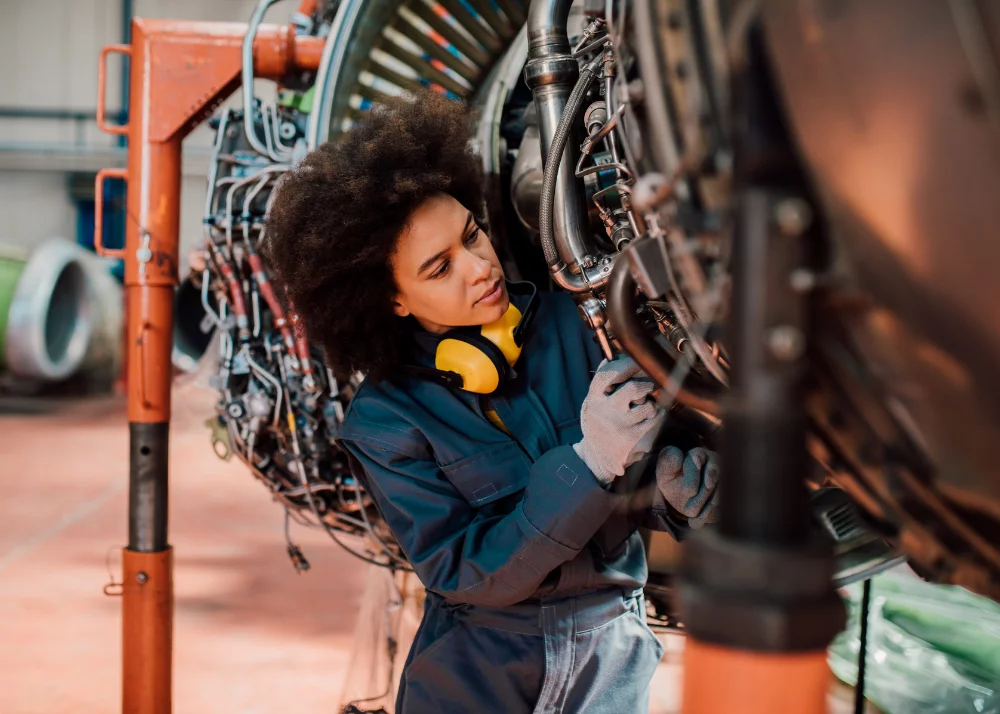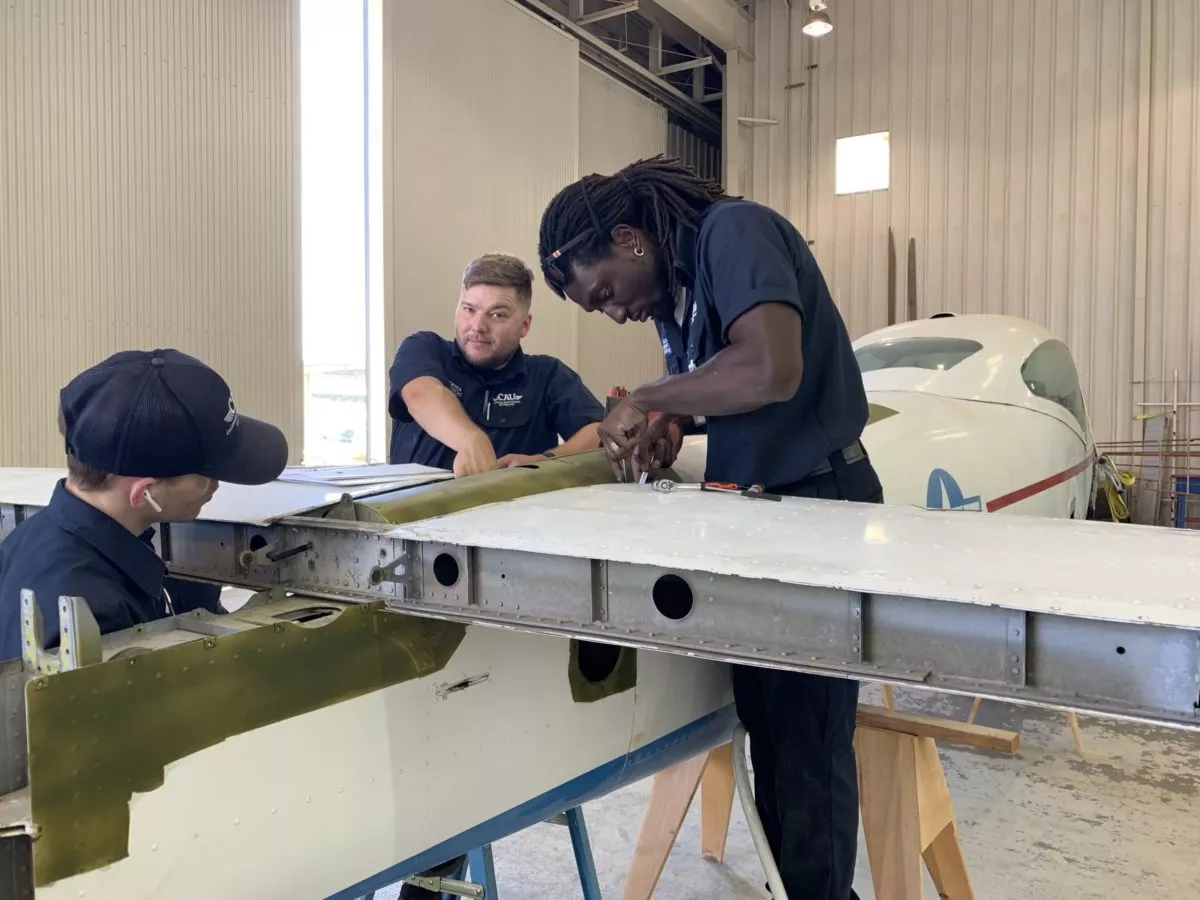When people think about aircraft maintenance technicians, they usually picture men in coveralls. It is similar to pilots but with different uniforms. These are stereotypes, of course, yet it is statistically more common to see a male pilot or a male aviation mechanic. Historically, men have filled those roles. Facts are facts, whether it is fair or not.
Yet it has been proven many times that women are just as capable of performing the same jobs and doing them well. For example, Southwest Airlines Flight 1380 made headlines in 2018 when it had to make an emergency landing in Philadelphia due to engine failure that caused severe damage to the plane. The pilot landed the Boeing 737 safely on the ground, even with a torn fuselage and a broken window.
Except for one unfortunate fatality, the remaining 143 passengers and five crew members who walked away from the twisted aircraft called the pilot, Tammie Jo Shults, a hero. It is moments like this when women realize they play a significant role in the aviation industry.
Women in Aviation: The Numbers
Women have been sorely underrepresented in the workforce, from aircraft maintenance technicians to pilots, and every aeronautical-related occupation in between. However, the following statistics show a slow but steady rise in the number of women in the aviation industry starting in 2016.
Specifically, a U.S. Civil Airmen Statistics study by the FAA (Tables 1 and 2) reported that 8,231 certified aircraft mechanics in 2021 were women (out of 313,093 total) – a total of 2.63%. This is an increase from 2.57% percent in 2020 when only 7,860 women (out of 306,301 total) were in the field. It may be a small statistical increase, but there were 371 more female-certified aircraft mechanics in 2021 – not bad.
The same study shows that female pilots increased from 58,541 (8.46%) in 2020 to 64,979 (9.01%) in 2021. Although women are still underrepresented, the increase is there: 6,438 more female pilots took to the skies in 2021. To further boost these statistics, there has been a push to recruit women into the industry by the WIAAB, several aviation universities, and flight training schools across the country.
What Is Aviation Maintenance?
Aviation maintenance is a challenging occupation suitable for both men and women. It refers to the repair and maintenance of aircraft and avionics equipment and is a career choice that involves hands-on work and requires critical thinking and problem-solving skills. A few things aircraft maintenance technicians may do in a typical day include:
- Diagnose mechanical and electrical issues;
- Replace malfunctioning or defective parts;
- Make repairs as needed to aircraft components, such as landing gear;
- Troubleshoot faulty equipment;
- Perform annual inspections, function checks, etc.;
- Record the details of all repairs and maintenance in a logbook.
Depending on your skill level and commitment, where you work as an aviation mechanic, and how long you have been there, there may also be areas for advancement. Promotions could include becoming a lead technician, an instructor, an aircraft maintenance planner, etc.
Those in the field of aircraft maintenance may have various choices in different industry settings: public, private, military, government, charter, etc. How to find the best fit for those roles, what job responsibilities to include, and what opportunities they present can be determined by many factors – but should NEVER be based on gender.
Women in Aviation History and Maintenance
Women have always played a role since the aviation industry first took flight. Hundreds of women have made strides in the industry, and their influence will be impactful forever. Some of these famous women in aviation are well-known, and others left their mark on the world despite their names not being as recognizable.
Amelia Earhart
Amelia Earhart is one of the most legendary women in aviation history. She was the first woman to fly solo across the Atlantic and then broke another record as the first woman flying solo non-stop coast-to-coast. Earhart was also the first person to fly many solo routes: across the Pacific (between Honolulu and Oakland, CA), from Los Angeles to Mexico City, and from Mexico City to Newark. She attempted to fly solo around the world but unfortunately never made it. Amelia Earhart was just one of many who left a lasting impression.
Katherine Wright
Katherine Wright was integral in motivating her brothers to find an efficient wing design when they were frustrated and ready to give up hope, ultimately helping them get off the ground (although Wilbur and Orville are much better known). Katherine also used her charming personality to help her somewhat-introverted siblings gain social acceptance in European society. During a demonstration flight in Paris, Katherine became the first woman to fly on an aircraft.
Baroness Raymond de Laroche
After Baroness Raymond de Laroche saw Katherine as a passenger in the air, she was inspired to learn to fly, becoming the first woman to fly solo. The Baroness was also the first female to obtain a pilot certificate.
Phoebe Omlie
Another accomplished female aviator, Phoebe Omlie, is famous for her death-defying aerial acrobatics, including dancing the Charleston on the wing of the plane! She was also the first woman to get an airplane mechanics license. Later in life, she worked with several national aeronautical agencies, conducted aviation research, and helped to coordinate and standardize federal, state, and local air search and rescue practices.
Mary Feik
Mary Feik was another prominent female maintenance technician who taught aviation mechanics for the Army Air Corps. She was known as the first woman aviation engineer. Having logged more than 6,000 hours “in fighter, attack, bomber, cargo and training aircraft,” she was an expert on military aircraft during WWII and wrote training manuals for several of them. Feik was also the first female engineer in research and development for the Air Technical Service Command.
This list of women can keep going and going.
Education for Aviation Maintenance
Sparking interest in young girls may lead to future higher enrollment rates in flight schools and aviation maintenance programs. But not knowing what is out there or available can limit choices. Outreach events and activities geared towards inspiring girls in STEM are making their way into communities to help increase visibility.
Additionally, resources such as the Technical Women’s Organization (TWO) and the Association of Women in Aviation Maintenance (AWAM) were created to develop and maintain the support network of female aviation professionals. Certain organizations have even stepped up to offer scholarships to those who qualify and are selected, further helping to increase the representation of women in the aviation industry.
Aviation Maintenance Technology (AMT) programs, such as the one offered at CAU, teach students how to repair and maintain aircraft, including their engines, propellers, power-train systems, hydraulic systems, radio communications equipment, and more. Students learn in a hands-on program so they can feel confident in their abilities once they complete the program. Graduates should be prepared to obtain their airframe and powerplant (A&P) technician license.
CAU’s Aviation Maintenance Technician Program can be completed in about 17 months, with an additional option to earn an Associate’s Degree (the total time frame including a degree is approx. 22 months). Please be aware that these time schedules are general, and that each student’s experience may differ.
Women and the Future of Aviation Maintenance
Harriet Quimby, one of the first female pilots and the first woman to fly solo across the English Channel in 1912, once said:
“The men flyers have given out the impression that aeroplaning is very perilous work, something that an ordinary mortal should not dream of attempting. But when I saw how easily the man flyers manipulated their machines I said I could fly.”
Gender disparity in the aviation world has persisted for over a century. The women, young women, and girls of today have the opportunity to narrow that gap. Having the chance to work in the incredible field of aviation maintenance while making a difference toward gender diversity, equity, and inclusion in the aeronautical industry could be a rewarding career path.
Ready to soar in your aviation career?
Mr. Matthew A. Johnston has over 23 years of experience serving various roles in education and is currently serving as the President of California Aeronautical University. He maintains memberships and is a supporting participant with several aviation promoting and advocacy associations including University Aviation Association (UAA), Regional Airline Association (RAA), AOPA, NBAA, and EAA with the Young Eagles program. He is proud of his collaboration with airlines, aviation businesses and individual aviation professionals who are working with him to develop California Aeronautical University as a leader in educating aviation professionals.
